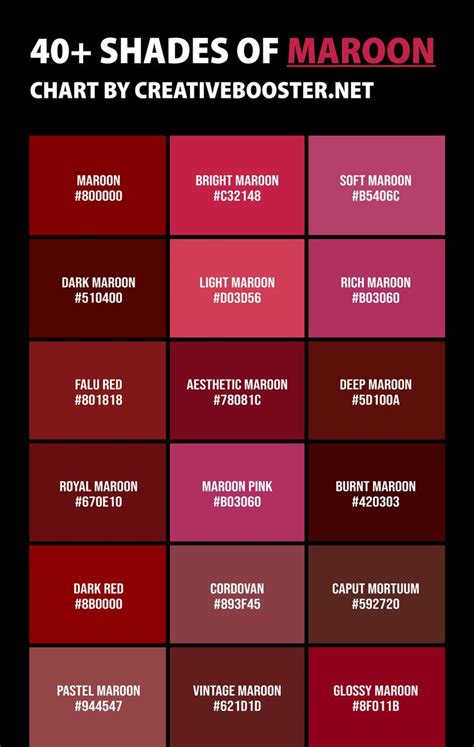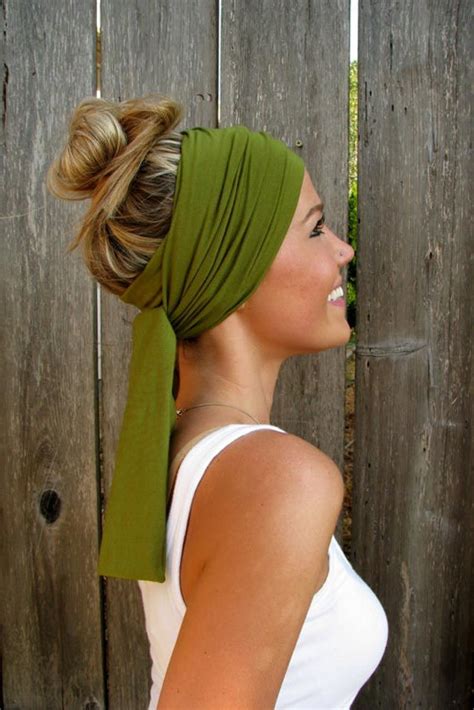Cancer treatment can lead to hair loss, which can be a difficult and emotional experience. Head scarves and wraps can help cancer patients feel more confident and comfortable by covering their heads. They can also be a stylish way to express your personality.

There are many different types of head scarves and wraps available, so you can find one that fits your style and needs. Some popular options include:
- Head scarves: These are the most common type of head covering for cancer patients. They come in a variety of colors, patterns, and fabrics. You can tie them in different ways to create different looks.
- Head wraps: These are a more wrap-like style of head covering. They are typically made of a stretchy fabric and can be worn in a variety of ways. They are often used to cover the head and neck.
- Turbans: These are a type of head covering that is made of a long piece of fabric that is wrapped around the head. They come in a variety of styles and can be very elegant.
When choosing a head scarf or wrap, it is important to consider the following factors:
- Comfort: The head covering should be comfortable to wear. It should not be too tight or too loose.
- Style: The head covering should match your personal style. You should choose a color and pattern that you like.
- Function: The head covering should serve its purpose. If you are trying to cover your hair loss, you should choose a head covering that is made of a thick fabric.
Head scarves and wraps can be a great way to help cancer patients feel more confident and comfortable. They can also be a stylish way to express your personality. With so many different types of head coverings available, you can find one that fits your style and needs.
Cancer treatment can lead to hair loss, which can be a difficult and emotional experience. Head scarves and wraps can help cancer patients feel more confident and comfortable by covering their heads. They can also be a stylish way to express your personality.
This guide will provide you with everything you need to know about head scarves and wraps for cancer patients. We will discuss the different types of head coverings available, how to choose the right one for you, and how to tie it properly. We will also provide tips on how to care for your head scarf or wrap.
There are many different types of head coverings available for cancer patients. Some of the most popular options include:
- Head scarves: These are the most common type of head covering for cancer patients. They come in a variety of colors, patterns, and fabrics. You can tie them in different ways to create different looks.
- Head wraps: These are a more wrap-like style of head covering. They are typically made of a stretchy fabric and can be worn in a variety of ways. They are often used to cover the head and neck.
- Turbans: These are a type of head covering that is made of a long piece of fabric that is wrapped around the head. They come in a variety of styles and can be very elegant.
When choosing a head covering, it is important to consider the following factors:
- Comfort: The head covering should be comfortable to wear. It should not be too tight or too loose.
- Style: The head covering should match your personal style. You should choose a color and pattern that you like.
- Function: The head covering should serve its purpose. If you are trying to cover your hair loss, you should choose a head covering that is made of a thick fabric.
There are many different ways to tie a head scarf. The following are some of the most popular methods:
- The basic tie: This is the most basic way to tie a head scarf. Simply fold the head scarf in half diagonally and place it on your head. Bring the two ends of the head scarf together at the back of your head and tie them in a knot.
- The turban tie: This is a more elaborate way to tie a head scarf. It is perfect for creating a voluminous look. To tie a turban, start by folding the head scarf in half lengthwise. Then, wrap the head scarf around your head and bring the two ends together at the back of your head. Tie the ends together in a knot and then tuck the knot under the head scarf.
- The headscarf bow: This is a cute and easy way to tie a head scarf. To tie a headscarf bow, start by folding the head scarf in half diagonally. Then, place the head scarf on your head and bring the two ends together at the back of your head. Tie the ends together in a knot and then make a bow with the remaining fabric.
Head scarves and wraps can be made from a variety of fabrics, so it is important to follow the care instructions on the label. Some head coverings can be machine washed and dried, while others need to be hand washed.
It is also important to store your head scarf or wrap properly. When you are not wearing it, store it in a cool, dry place. This will help to prevent the fabric from fading or becoming damaged.
Here are a few tips for wearing head scarves and wraps:
- Use a liner: A liner can help to keep your head scarf or wrap in place. It can also help to absorb sweat and keep your head warm.
- Accessorize: You can accessorize your head scarf or wrap with a variety of items, such as jewelry, hats, and scarves.
- Be confident: The most important thing is to feel confident in your head scarf or wrap. Wear it with pride and let it empower you.
Head scarves and wraps can provide a number of benefits for cancer patients. These benefits include:
- Privacy: Head scarves and wraps can help cancer patients to maintain their privacy. They can cover up their hair loss and help them to feel more comfortable in public.
- Comfort: Head scarves and wraps can be very comfortable to wear. They can help to protect the scalp from the sun and wind. They can also help to keep the head warm in cold weather.
- Style: Head scarves and wraps can be a stylish way to express your personality. They come in a variety of colors, patterns, and fabrics. You can find a head scarf or wrap that matches your personal style and makes you feel good.
- Confidence: Head scarves and wraps can help cancer patients to feel more confident. They can help to cover up their hair loss and make them feel more comfortable in public. They can also be a reminder that they are not alone in their fight against cancer.
